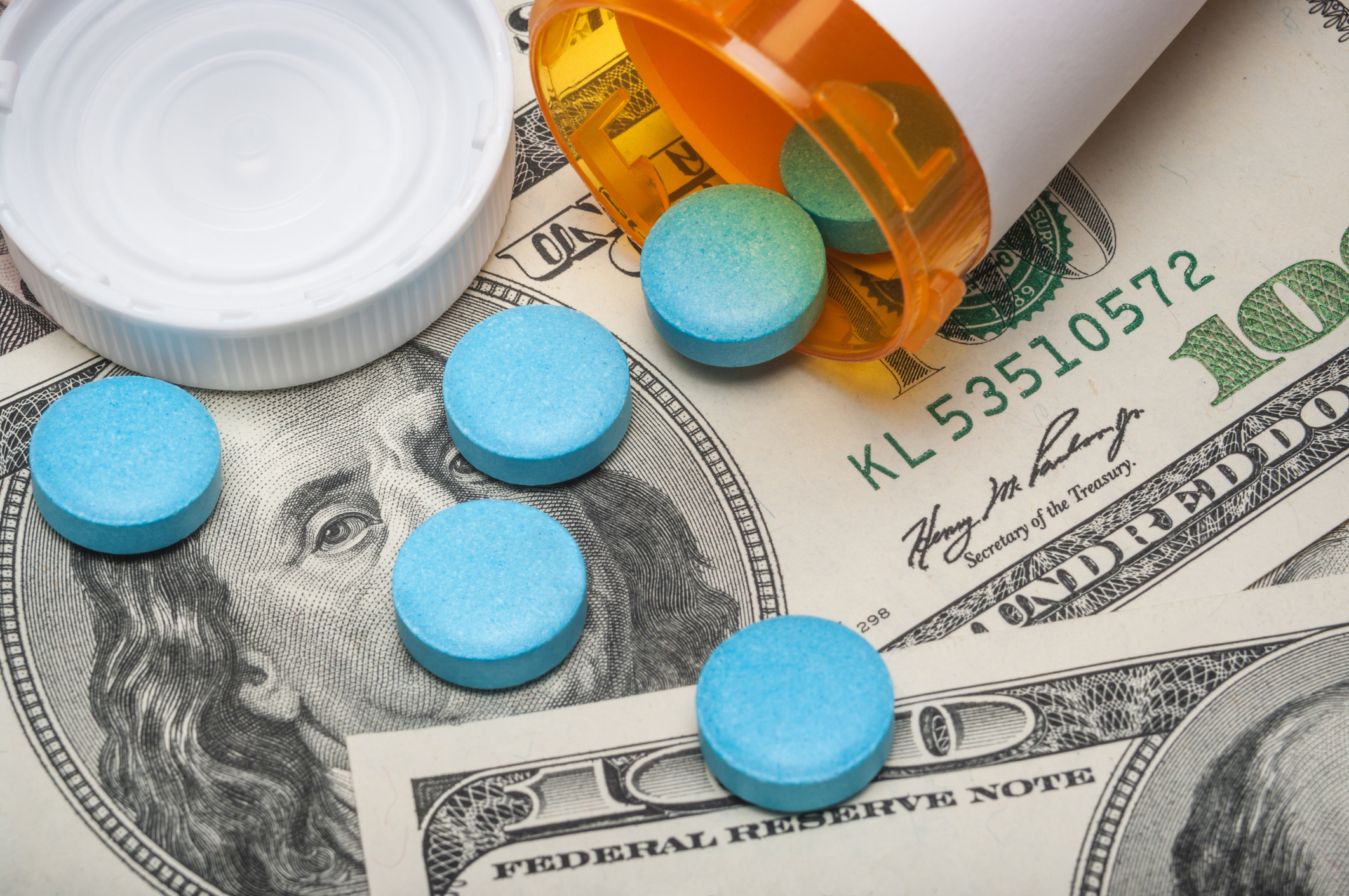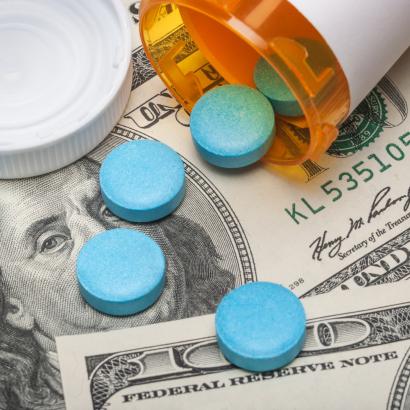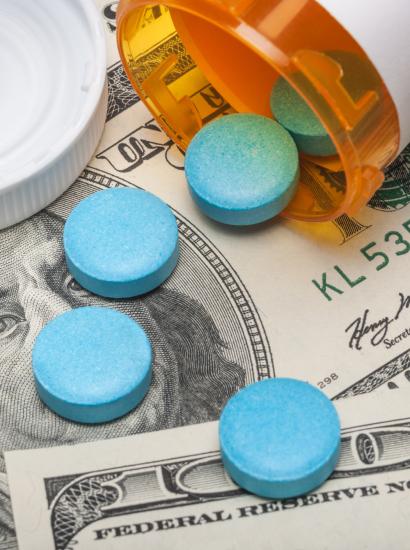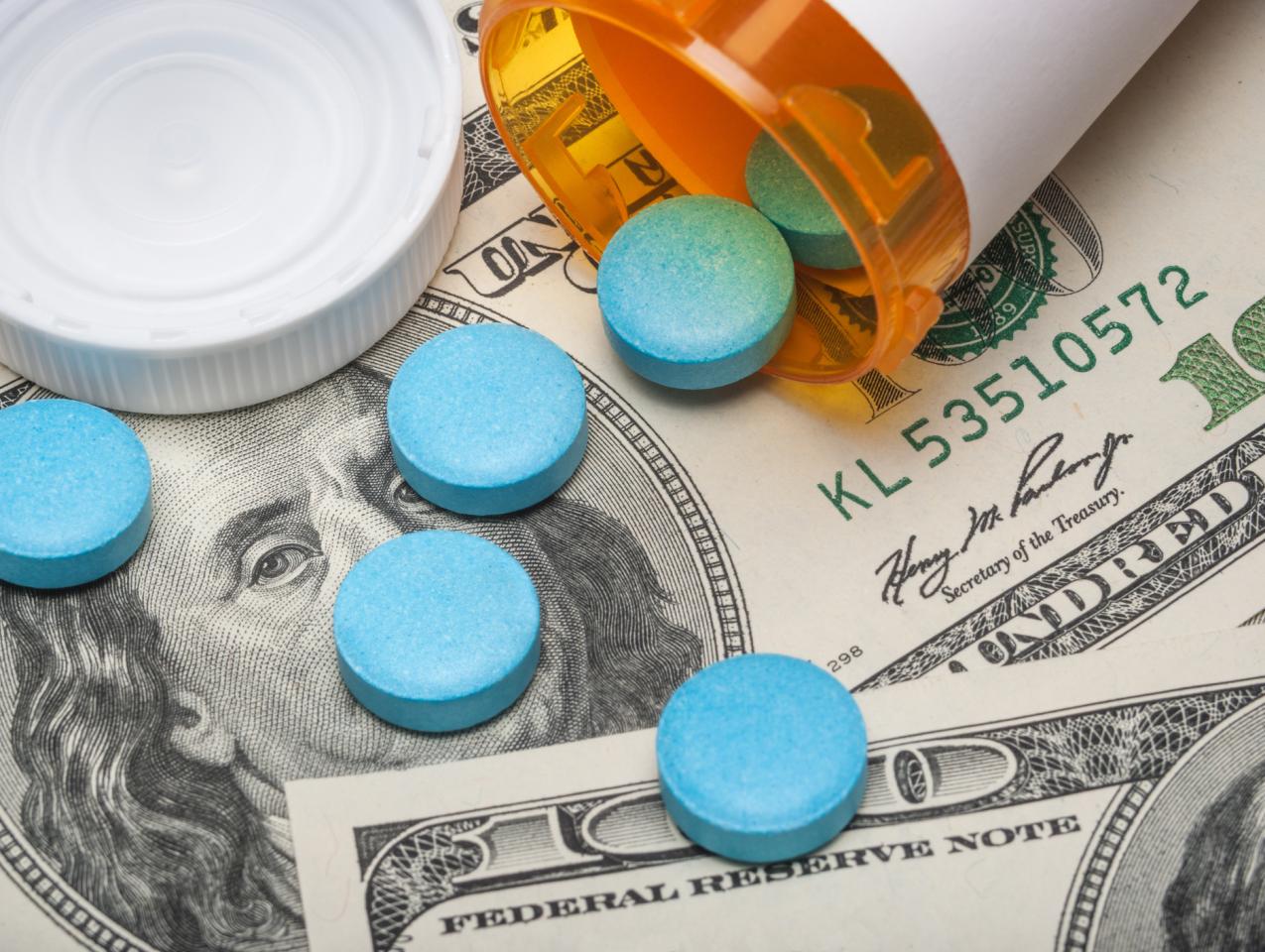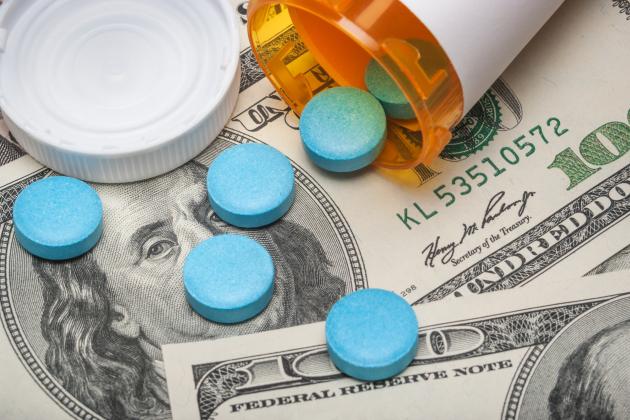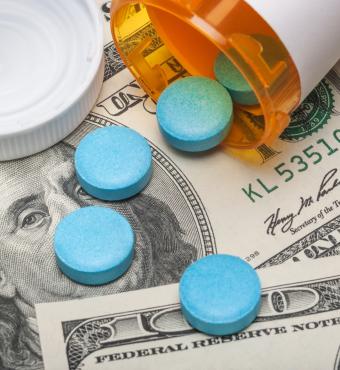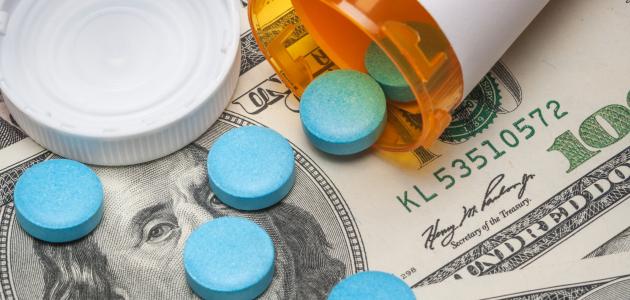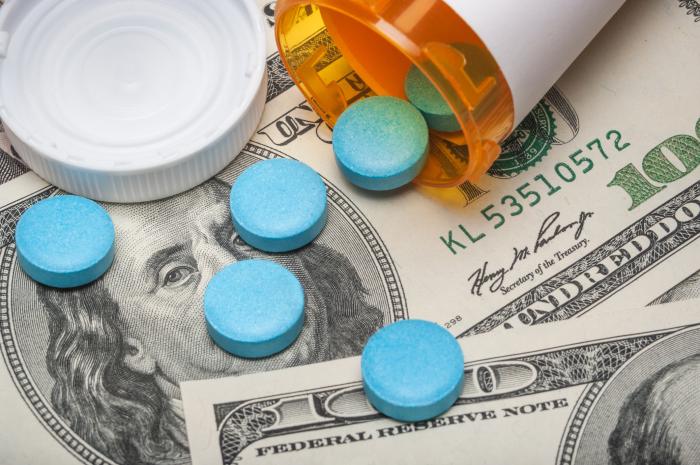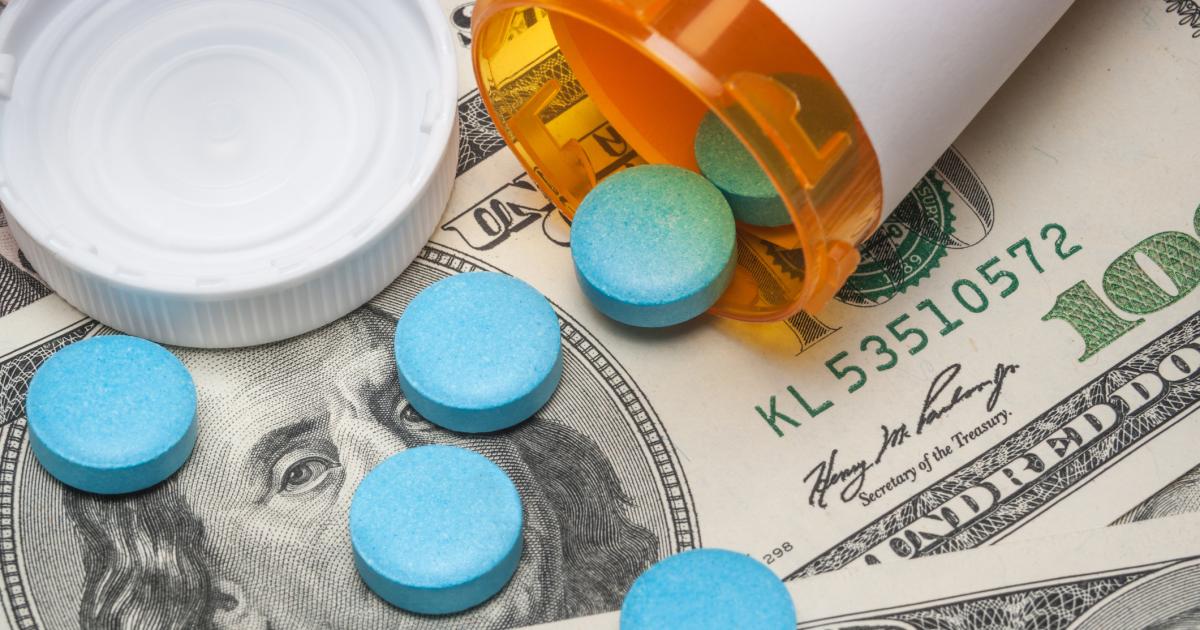- Health Care
President Trump was both lucky and smart this week in his approach to the thorny issue of prescription drug pricing. Lucky, because a district court threw out on First Amendment grounds his executive order that drug companies supply list prices for all the drugs that they produce. Smart, because at the eleventh hour he decided against issuing an executive order that would have required pharmaceutical companies to offer a system of “most-favored-nation” pricing, which would cap the prices that drug companies could charge in the United States to the lowest price charged for that drug in any country outside United States. Eliminating poor price signals is a modest benefit. But the implementation of the executive order would have slashed revenues, putting pharmaceutical companies at serious financial risk and perhaps ruin.
The basic flaw behind both proposals is that they assume that there is a unique “price” at which pharmaceutical drugs sell. That assumption often works in competitive markets in which the costs of development are low relative to the marginal (i.e. additional) cost of production for each unit. But so-called marginal cost pricing does not work for new pharmaceutical drugs whose development costs are already high and getting ever higher. Companies are constantly researching and trying to develop new drugs with strong therapeutic properties and tolerable side effects. They also face huge costs in shepherding promising drugs through three stages of clinical trials, each one more complicated than the last. Many promising new drugs wash out in these clinical trials, which means that a pharmaceutical company can remain solvent only if its blockbuster drugs yield enough revenue to offset the costs of its duds. And finally, companies incur huge financing costs as they bring drugs to market. Development and clinical trials take years to complete, and drug companies have to find ways to finance expenditures made in year one with revenues that will only start, typically, some eight to 10 years later.
So how are these costs best recovered over the relatively short period during which the drugs receive patent protection, which today works out to around 11 years, give or take, for a major blockbuster drug? The common suggestion is that each purchaser should only be required to pay for the marginal cost of producing the drug that he or she consumes. This was the idea behind Trump’s aborted executive order. In a market that is characterized by high fixed costs of development, that strategy offers favorable prospects for all customers but one—the first. So if a drug takes one billion dollars to research and develop, but only $10 to produce each unit, the marginal cost formula says that the first consumer has to pay the billion dollars so that the other consumers can get the favorable deal. That formula guarantees that no drug will ever make it to market.
The only way in which the drug can be sold is to distribute the cost of the first drug sale on all subsequent sales. But there is no single way in which this can be done, and hence no single price at which these drugs should be sold, which is one reason why the effort to require companies to disclose “the” price is misleading. It also follows that an intense competition will arise as various consumers—or, more accurately, their buying agents—compete to ensure that as much of that front-end cost is loaded onto the shoulders of other buyers. In this struggle, all potential buyers are not created equal.
At the simplest level, consider the split between two classes of providers: Retail pharmacies have to carry the full array of drugs in any given class—there is a long list of statins used to control cholesterol, for example—while individual health plans with their own subscribers need not stock all drugs in a given class, and hence can play rival producers against another. At this point, price discrimination will always emerge. Each drug company knows that it wants to make the sale so long as it can cover as much of its fixed costs of production as possible. So the providers pressure the company to reduce prices toward marginal cost.
A drug company will reluctantly do that, but not if it has to disclose its rebate publicly, which would put it in a helpless position to negotiate with the next health plan. So the rebates are kept secret to improve the prospects for the company of recovering those front-end costs. The situation is even more complicated than this brief description, because consumers are often enrolled in a variety of different kinds of health care insurance plans, each of which pick up a different fraction of the cost, leaving a different residual co-pay cost to their clients. Medicare and Medicaid are subject to their own pricing constraints.
The critics of the current drug cost system do not offer evidence showing that these complex market adaptations are inefficient. Indeed, President Trump would have courted a major pharmaceutical crisis if he had acted on his proposal to tie American prices to the lowest prices charged anywhere in the world market. In many other nations, the government is the sole purchaser of goods for its own health care system. It will therefore behave like any monopoly buyer. It will push hard to lower costs, and the wise drug company will service that market so long as it covers the variable costs for those additional sales, and some portion of the fixed costs of development. Even where there is no sole government buyer, many of these countries are sufficiently poor that even competitive drug companies can charge only limited prices given those sharp constraints on local demand.
The effect of imposing a most-favored-nation clause would bring all production to a screeching halt, for once the United States plays hardball on drug companies, no one else will, or could, pick up the fixed costs that cannot be charged back to the American market. Those new drugs are on average better than the drugs that they replace, which is why, in the United States, many of them are purchased as soon as they hit the market. The high price is justified in light of the demand. Many European countries hang back from purchasing new drugs until their efficacy is demonstrated to their satisfaction, which is little comfort to their citizens who die before the drug is made more generally available.
So what then can be done to ease the log jam? The world is full of bad proposals, many of which are briefly discussed in a New York Times editorial, “Sound, Fury and Prescription Drugs.” One possibility is to tax any price increases, which would only impose yet an additional cost on drug development. A second proposal the Times mentions is the “parallel” importation of drugs from Canada into the United States. But these solutions will run into serious problems if FDA and customs officials don’t cooperate. The new imports could infringe American patents, and counterfeit drugs could be slipped into porous drug supply chains. Still, a third proposal is for compulsory purchases by the government of government patents, which would allow patients to obtain the patented drugs at a fraction of their previous cost. But the huge budgetary demands are large, and this proposal will roil the market if only one drug is purchased, and its competitors have to sell at market prices.
Characteristically, the Times overlooks three market-based proposals that should improve the situation by encouraging more entry into the drug market. One is to ease the restrictions on the production of generic drugs. Another is to license for sale in America any drug that has been used successfully overseas, without having to go through the lengthy and costly American drug approval process. The last is to ease up on the cost restrictions that make it so hard to bring new drugs to market, especially for niche drugs for rare conditions.
Any reforms to the FDA’s cumbersome approval process that speeds drugs to market will have the desired effect of lowering overall drug costs. Lower costs allow for lower prices for new drugs. And the higher rate of new drug approval should exert a downward pressure on the prices of existing drugs in the market.
It is always important to recall that there are two kinds of error in drug regulation: letting bad drugs into the market and keeping good drugs out. But the costs are not equal. If a drug comes on the market, it is still subject to all sorts of scrutiny on both its safety and effectiveness by heath care groups, hospitals, physicians, and patients. But if a drug is kept off the market by fiat, these protections cannot take hold. It is no accident that so many drugs are commonly prescribed for off-label uses to great success. The FDA is getting better at its approval process. But it has a long way to go.







